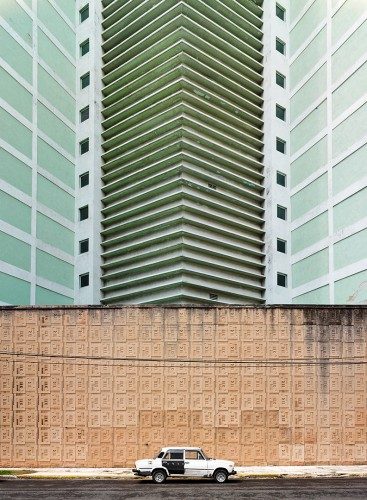In preparation for our Travel Journalism & Photography Internship Seminar in Havana and Trinidad, Cuba, which is currently accepting applications, RGNN is putting together a series of useful articles and interviews for all those interested in visiting Cuba.
In an exclusive interview, we spoke to photographer Jonathan Taylor, author of the book Cars of Cuba. After studying Politics and Philosophy at Cambridge in the 1980s, Jonathan chose the niche photographic career of architectural photography. 25 years later, he works for high profile clients ranging from McDonald’s to Jimmy Choo all over Europe and the Middle East.
Specifically, he works with a Phase One/Cambo architectural camera producing stunning quality 60+ megapixel images. His international travels led him to come up with his personal project, Cars of the World – a study of idiosyncratic cars and architecture. This started in Cuba and he has just finished Iceland. He has already started on Dubai and Japan, and also a UK based project Cars of Bradford.

Cars of Cuba | Copyright Cloud 9 Photography
What were you most excited about when photographing cars of Cuba?
I realised the potential for photographing cars in Cuba on a vacation in 2012.What struck me most was the great possibility to shoot in an urban landscape that was not over run with cars, advertising and street furniture. This allowed me to compose individual cars in an architectural setting without the distracting elements present in most cities of the world these days.
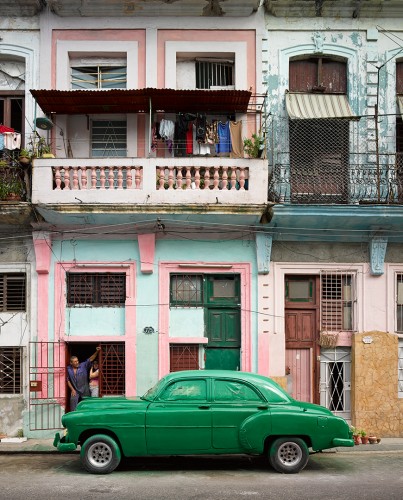
Cars of Cuba | Copyright Cloud 9 Photography
Your images combine cars and architecture in Havana. What are your favorite spots/buildings/neighborhoods for photographing cars in Havana?
I was fortunate to have two excellent local guides to Havana – Ernesto Dobarganes and Harold Vazquez. This allowed me to get well away from where most of the tourist populated old town and out into the suburbs. Many of the locations I found would be of little interest to the average tourist, but for fans of Art Deco, Brutalist and Soviet architecture there are many gems to be discovered. For a little bit of everything, a long walk down the Malecon can’t be beaten.

Cars of Cuba | Copyright Cloud 9 Photography
How do you think the car scene will change in the next couple of years in Cuba?
I feel that I was lucky to catch Cuba when I did as I’m sure it will change very quickly. When we shot Cars of Cuba in 2013 there were already imports of Indian and Chinese starting to clutter the streets and it’s only going to get busier. The best American cars will doubtless be shipped off to collectors in the USA, though I can imagine many staying and being restored to ply their trade as tourist transport. I can even envisage cars being shipped from the USA to roam the streets of Havana as they are still plentiful in the States and Cubans could make a good business out of running them. The other cars that no one outside of Cuba seems to know about are the Soviet cars of the 1970s and 1980s. Most of these have disappeared from the former Soviet Union and Eastern Bloc countries as they’ve rusted away. Cuba is now one of the last places to find these Ladas and Moskvitchs is such fine condition. I believe there are also many interesting cars off the road in garages that might be brought back onto the streets once parts are available for them, we might even see some of the diesel engined old American classics getting their V8 rumble back.
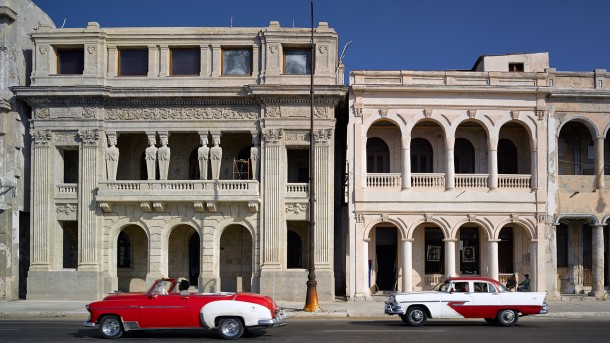
Cars of Cuba | Copyright Cloud 9 Photography
Your website states that “Plans are afoot to exhibit the Cuban images in Havana.” Can you tell us more about this exciting exhibit?
I have just had an outdoor exhibition of my Cars of Iceland (see attached image). This is what I propose for Havana, but I have a way to go with this project yet. I am first looking for a distributer for my book in the USA and hopefully also in Cuba. Once I know I can get the book on the shelves I can look at putting on the exhibition. I hope to do this later in 2017, but I am also working on two other projects, one in the UK and Cars of Dubai – all this on top of my day job as an architectural photographer.
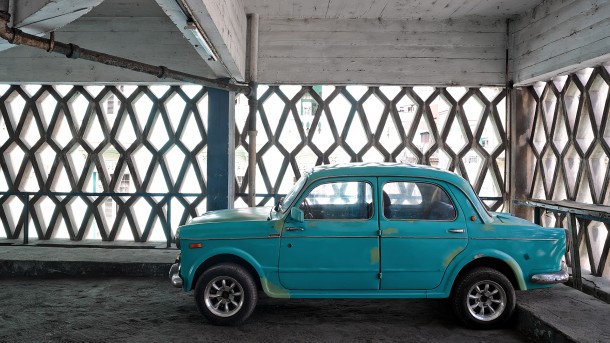
Cars of Cuba | Copyright Cloud 9 Photography
What tips do you have for aspiring photographers looking to document cars and Cuba in general? Do you have any tips for aspiring photographers to get their photographs published?
The single most important thing that people can do to improve the quality of their Cuban car photographs is to think about everything else in the photograph. An old 1950s car will always look good, but concentrate on the setting and minimise the distractions in the background. Some of the most interesting shots of cars I have seen have been taken in the rain. I only had one wet day in my shoot, but there are great opportunities for reflections and water spray on the streets which flood very quickly in a thunderstorm. Getting photographs published in today’s saturated social media world is very difficult, and certainly not a way to make any money! Instagram (@carsoftheworld.photos) and 500px are probably still the best sites for photographers to be noticed on, but it almost certainly won’t result in commissioned work. I am lucky that I have an established architectural photography business with clients ranging from McDonald’s to Jimmy Choo and my Cars of the World project is something that I have managed to add on to my international assignments and to produce what I like to think is quite a unique collection of images.

Cars of Cuba | Copyright Cloud 9 Photography
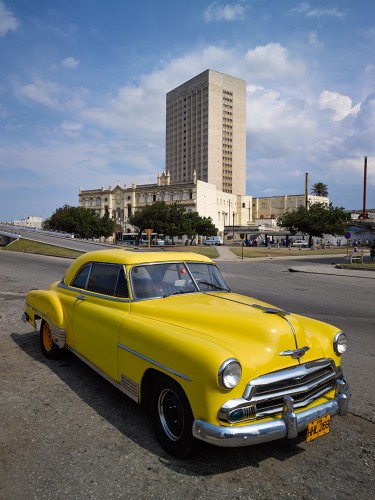
Cars of Cuba | Copyright Cloud 9 Photography
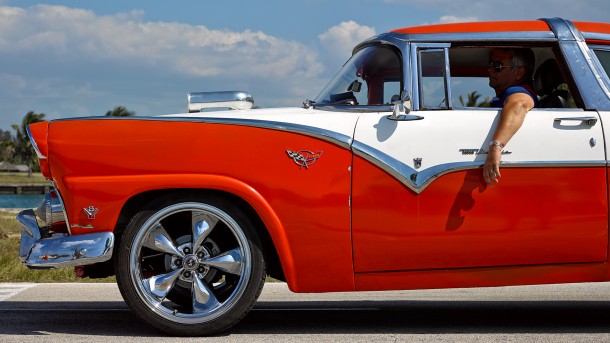
Cars of Cuba | Copyright Cloud 9 Photography
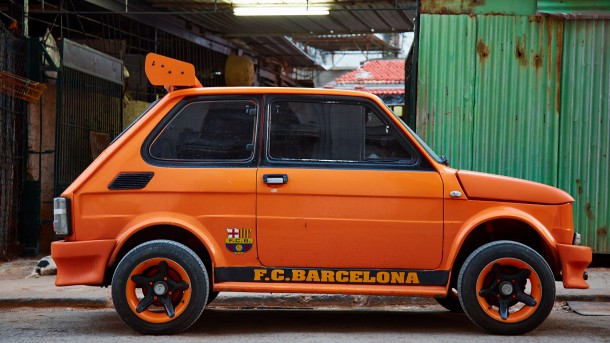
Cars of Cuba | Copyright Cloud 9 Photography
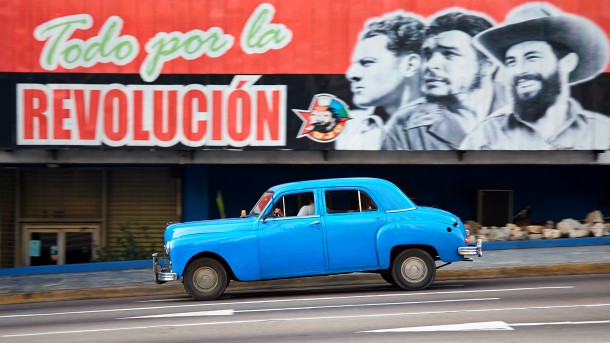
Cars of Cuba | Copyright Cloud 9 Photography
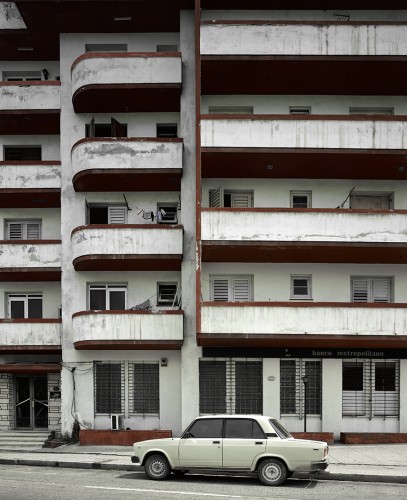
Cars of Cuba | Copyright Cloud 9 Photography
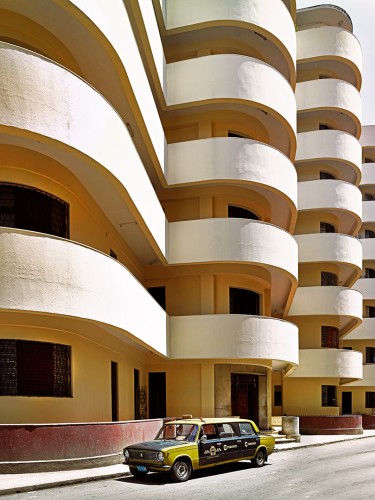
Cars of Cuba | Copyright Cloud 9 Photography

